#ResinTesting
Explore tagged Tumblr posts
Text
Melt Flow Index Tester – Importance, Working, and Applications
Pacorr brings you a highly reliable and accurate Melt Flow Index Tester, specially designed to evaluate the melt flow properties of thermoplastic materials. In industries where plastic is used for molding, extrusion, or packaging, knowing how a material behaves when melted is essential. The Melt Flow Index (MFI), also known as Melt Flow Rate (MFR), is a standard measure that helps determine the viscosity and processability of polymers.

In this article, we will take a closer look at how a Melt Flow Index Tester works, why it is critical for quality control, and how manufacturers, exporters, and suppliers can benefit from using it.
What is a Melt Flow Index Tester?
A Melt Flow Index Tester is a laboratory instrument used to measure the flow rate of molten thermoplastic polymers. The test is conducted under specified conditions of temperature and load, and the result is expressed in grams of material flowing through a capillary die in ten minutes.
This value is known as the Melt Flow Index, and it provides key insights into the polymer’s molecular weight and flow behavior. A high MFI indicates low molecular weight and high fluidity, while a low MFI indicates a high molecular weight and lower flowability.
Why is MFI Testing Important?
The MFI test is critical for various reasons in the plastic and packaging industries:
1. Material Selection
Choosing the right polymer for injection molding, blow molding, or extrusion requires understanding its flow properties. MFI helps engineers and manufacturers select materials with appropriate characteristics.
2. Quality Control
Manufacturers can use MFI testing to ensure batch-to-batch consistency. Any deviation in MFI may indicate problems in material composition or blending.
3. Process Optimization
Knowing the melt flow rate helps set the correct processing parameters, reducing defects like warping, short shots, or poor surface finish.
4. Compliance with Standards
MFI testing is often required to meet international quality standards such as ASTM D1238 and ISO 1133. Many buyers and regulatory bodies demand this data.
Working Principle of Melt Flow Index Tester
The working of an MFI Tester is based on the movement of molten polymer under controlled temperature and pressure. Here’s how it works:
A sample of the polymer is placed inside the barrel of the tester.
The machine heats the sample to a specific temperature depending on the type of plastic (e.g., 190°C for polyethylene).
A standard weight (typically 2.16 kg or 5 kg) is applied to a piston or plunger.
The molten plastic is forced through a narrow capillary die.
The material that extrudes in 10 minutes is collected and weighed.
The result is expressed in g/10 min, which represents the Melt Flow Index.
This simple yet effective test provides accurate, repeatable data on a polymer's melt behavior.
Who Should Use a Melt Flow Index Tester?
The Melt Flow Index Testung is widely used by:
Plastic manufacturers producing components, containers, or sheets
Resin suppliers and exporters dealing in raw polymer materials
PET bottle and preform producers for ensuring strength and consistency
Masterbatch and compound manufacturers to evaluate flow uniformity
Research laboratories and quality control centers
Key Features of Pacorr Melt Flow Index Tester
At Pacorr Testing Instruments, we offer both manual and digital models of MFI Testers with industry-leading features:
Digital PID temperature controller for precise thermal management
Rugged, powder-coated body for corrosion resistance and long life
Standard-compliant barrel and die assembly
Interchangeable test loads (2.16 kg, 5 kg, 10 kg, etc.)
User-friendly interface with accurate timer and display
Available with automatic sample cutting in digital models
Benefits of Using Pacorr’s MFI Tester
✅ Reliable Results – Ensures accurate and repeatable MFI values ✅ Compliant with ASTM D1238 and ISO 1133 standards ✅ Durable Design – Built for industrial conditions ✅ Affordable and Efficient – High ROI for manufacturers ✅ Technical Support & Calibration Services available across India
Applications of Melt Flow Index Tester
Injection Molding – For parts like containers, caps, automotive components
Blow Molding – For PET bottles, jerry cans, and drums
Film and Sheet Extrusion – Ensuring consistent thickness and strength
Masterbatch Testing – Verifying flowability of colored resins
Recycling Plants – Monitoring quality of reprocessed polymers
Why Choose Pacorr?
Pacorr is one of India’s Top 10 Scientific Instrument Manufacturers (2023), with a strong reputation for delivering reliable, ISO-certified, and CE-marked testing machines. Our commitment to quality and innovation makes us the preferred choice among manufacturers, suppliers, and exporters across various industries.
We provide:
High-precision instruments
Customization options
Nationwide support and service
Expert consultation for choosing the right model
Conclusion
The Melt Flow Index Tester is an essential quality control tool for any company dealing with plastic and polymer materials. By providing accurate melt flow rate values, it helps ensure product consistency, optimizes production, and complies with international standards.
With Pacorr’s advanced MFI Tester, you not only test your materials—you build trust in your brand.
📞 Need Help Choosing the Right MFI Tester?
Call us at +91-8882149230 or email us at [email protected] Visit 👉 www.pacorr.com
#MeltFlowIndexTester#MFITester#PlasticTesting#PolymerTesting#QualityControl#PlasticManufacturers#PETPreformTesting#InjectionMolding#BlowMolding#ResinTesting#TestingInstruments#MaterialTesting#ASTMD1238#ISO1133#PlasticIndustry#TestingSolutions#ScientificInstruments#QualityAssurance#Manufacturers#Suppliers#Exporters#PacorrTestingInstruments
0 notes
Photo
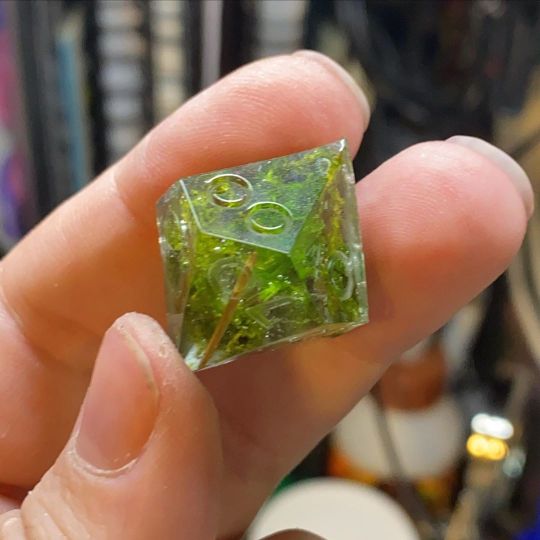
#TonightOnTheWorkbench - I tested out 3 different clear resins in some cheap dice moulds I bought on Amazon. (Definitely won’t be the final pieces. The moulds won’t likely survive testing.) All of these were done without a vacuum chamber or a pressure pot. What’s the best clear resin that you use? #resin #resincasting #resincraft #resintesting https://www.instagram.com/p/CGHLpccn209/?igshid=gplrrqtjvngc
0 notes
Photo
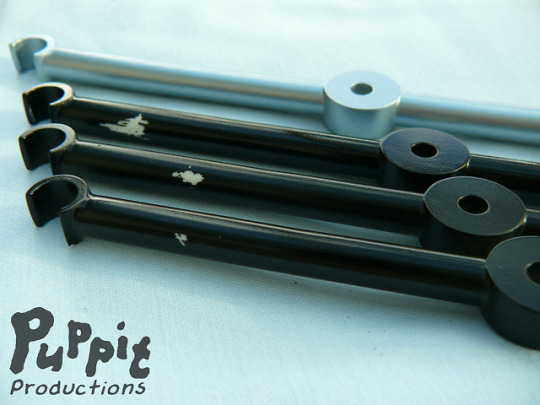
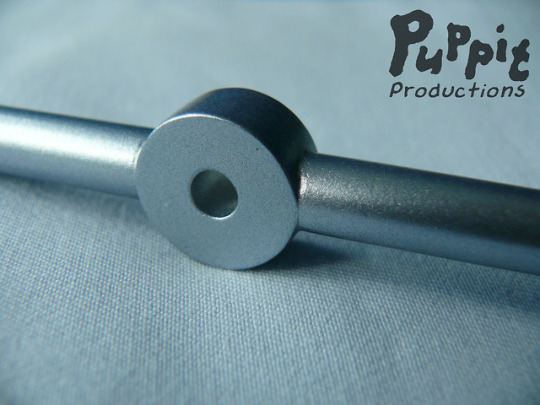
Paint tests on junk casts of the cross beams for the #BJDwheelchair, scratch-tested, and a close-up of the metallic ice colour that will be used for the first wheelchair's accents. From back to front (top to bottom): Metallic ice colour, shiny black without primer, shiny black over Humbrol primer, shiny black over Spectrum primer. Spectrum primer is the clear winner, it really took some effort to scratch the paint off. Second picture: Close-up of the ice colour on the fabric I planned to use for the cushioning. The colours are pretty close match! #PuppitProductions #BJDwheelchair #WorkInProgress #Spraypaint #Resintests
1 note
·
View note
Text
heise | 3D-Drucken mit Harz: Resine im Praxistest
Warum gibt es so viel unterschiedliches Resin? Welches Resin stinkt am wenigsten? Die Antwort auf diese Fragen und vieles mehr finden Sie, im großen Resintest. Read more www.heise.de/tests/…... www.digital-dynasty.net/de/blogs/team-blogs/…
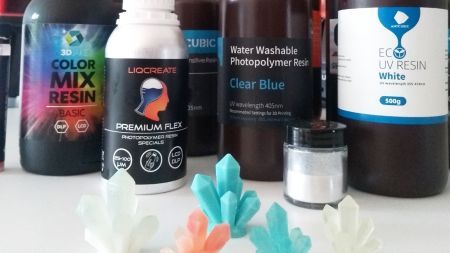
http://www.digital-dynasty.net/de/blogs/team-blogs/31411-heise-3d-drucken-mit-harz-resine-im-praxistest.html
0 notes
Photo
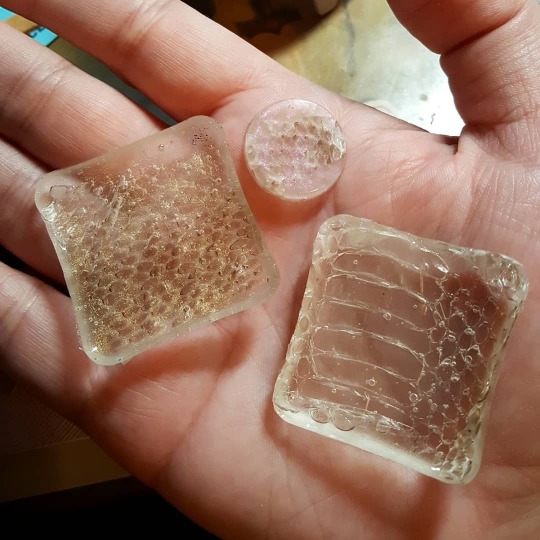
When you're friends with vultures, ask them to send you snake skin from their adorable danger noodles 🐍 Francis shed this skin recently and @lostreach mailed it to me. So I stuck it in resin! After a few more tests I may make my next jewelry collection with this skin 🖤💀🖤 #resin #uvresin #snakeskin #snakeshed #dangernoodle #resintest
0 notes